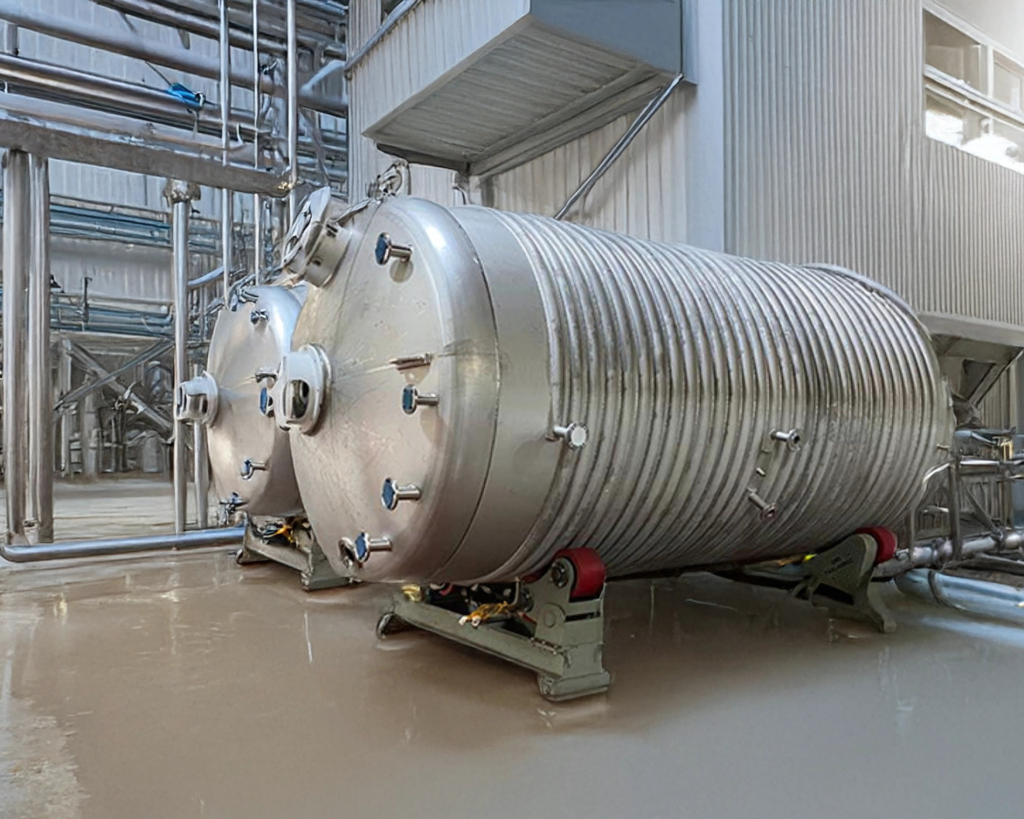A Serpentine Reactor is a type of reactor that uses serpentine-shaped tubes to enhance heat transfer and ensure a homogeneous mixture. These reactors are widely used in the chemical, food, pharmaceutical, and energy sectors.
Structure and Working Principle of the Serpentine Reactor
Serpentine reactors consist of a main body in which the reaction takes place and serpentine tubes located within or outside the body. The serpentine tubes can be supplied with a cooling or heating fluid to facilitate heat transfer during the reaction.
Heat Transfer:Temperature control is crucial for the reaction to proceed efficiently. Coils absorb or add heat to the fluid circulating within the reaction vessel.
Mixture and Efficiency:Serpentine structures help to distribute the fluids within the reactor homogeneously, thus the reaction occurs more balanced.
Energy Efficiency:It provides the opportunity to work at optimal temperature while consuming less energy.
Areas of Use of Serpentine Reactors
Chemical Industry:Petrochemicals, polymer production, organic synthesis processes.
Food Industry:Milk pasteurization, sugar production, beverage processing.
Pharmaceutical Industry:Chemical syntheses, biotechnological productions.
Energy Production:Processes such as biodiesel production and hydrogen production.
Advantages of Serpentine Reactors
High Heat Transfer Capacity:Thanks to temperature control, it ensures a more stable reaction.
Homogeneous Mixture:It reduces side reactions by providing better material transfer within the reactor.
Modular Design:It can be adapted to different production capacities.
Durability:Provides long-lasting use with corrosion-resistant materials.
Serpentine Reactor offer highly effective solutions, particularly for chemical processes requiring temperature control. Different materials and designs can be selected depending on the application and reaction type.
For More Detailed Information Click here.


